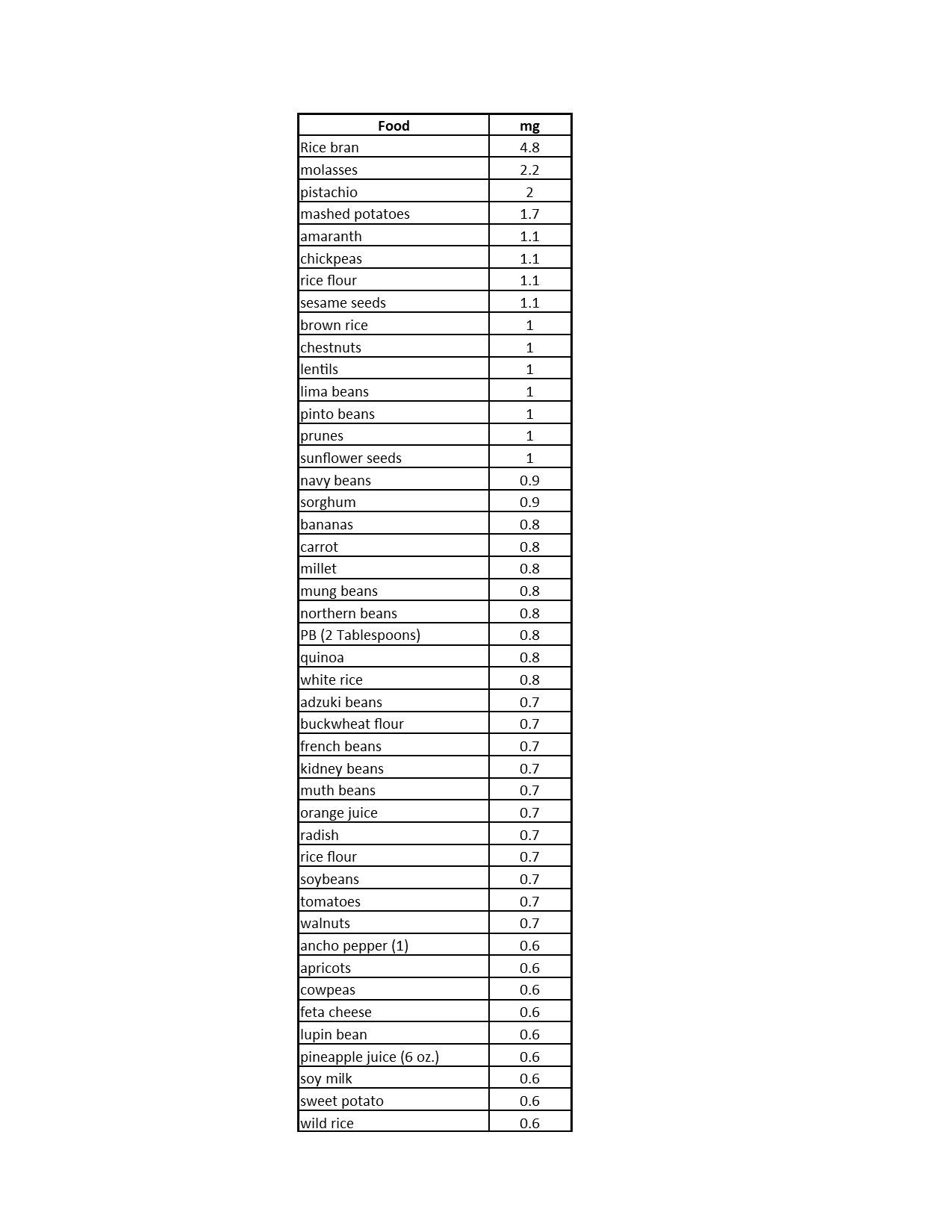
by dnshah | Jan 6, 2019 | Age Defying, Diet and Weight Loss, Health and Wellness Tips, Stress Management
I know… ‘tis the season to drink and be merry. A drink here and there is minimal impact to our gut; but when we indulge more than that, our guts may be getting impacted. Is this something we need to watch? Well most of us realize that when our digestion is not working as it should, our health gets impacted;1 but did you know that our digestive tract holds a majority of our immune system via billions of gut bacteria? The harmony of our gut bacteria are impacted by many unique factors, including stress, environmental vulnerabilities, and diet – which may include alcohol. Alcohol consumption impacts our microbiome and our digestion via changes in pH, saliva-bacteria interaction, and bacterial metabolism.2 Our oral microbiome changes may increase our risk for oral diseases, such as periodontal disease and dental caries. Our gut microbiome changes may increase our risk for systemic diseases, such as psoriasis, colon cancer or cardiovascular disease.2
What is defined as enough alcohol to make these risky changes within our microbiome? According to a study in Microbiome:
- Moderate consumption is defined as 0-1 glass for women/day, and 0-2 glasses for men/day
- Heavy consumption is defined as > 1 glass for women/day and > 2 glasses for men/day.
The study with over 1000 subjects showed patterns which increased alcohol consumption. With increased alcohol consumption:
- Lactobacillales (LBS) is decreased. LBS is important in maintaining the pH of a healthy oral cavity. Abnormal pH of oral cavity reduces saliva’s antimicrobial property, and that can lead to increased growth of bacteria. This was seen in the study with existence of potentially pathogenic bacteria or bacteria associated with dental caries, periodontal disease, infective endocarditis, and other infections.
- Dysbiotic bacteria takes consumed ethanol and produces acetaldehyde, which is a group I human carcinogen. Group I human carcinogen are categorized by WHO. LBS can metabolize acetaldehyde, but with decreased LBS we will find increased acetaldehyde.
So… what types of alcohol does it take to make these risky changes within our microbiome? You may have heard that wine may have antimicrobial properties; this study also supported that fact.
- Wine drinkers had a higher microbial diversity than that of non-drinkers.
- Drinkers of wine vs. beer vs. liquor had distinct oral microbial communities.2
- Dysbiosis in the oral cavity may play a role in alcohol-related carcinogenesis through increased levels of acetaldehyde.
- More research is needed to better understand the impact of each type of alcohol on the oral cavity microbiome.
This study is important to better understand the role of alcohol in our risks for chronic disease. Moderate and heavy alcohol consumption may impact our oral microbiome, which impacts our health and risk of other diseases (oral and systemic).
References
- Carding S, Verbeke K, Vipond D, Corfe BM, Owen LJ. Dysbiosis of the gut microbiota in disease. Microb Ecol Health Dis.2015;26:26191.
- Fan X, Peters BA, Jacobs EJ, et al. Drinking alcohol is associated with variation in the human oral microbiome in a large study of American adults. Microbiome. 2018;6(1):59.

by dnshah | Jan 1, 2019 | Age Defying, Health and Wellness Tips, Obesity, Stress Management
According to research, using an infrared sauna 4-6 times per week is associated with an improved immune system, with benefits to the heart, brain, and joints. An infrared sauna is a hot room that uses an infrared light to heat. Similar benefits can be achieved through a steam room, where the idea is to get your sweat on!
Some of the benefits I’ve observed include:
• Skin clearing. The steam helps clear skin impurities
• Opening of sinuses. Opens up and thins mucus membranes in the body, which can enable free breathing.
• Circulation boosting. The heat promotes circulation which also makes your skin glow.
• Tension/ stress Relief. The heat relaxes the muscles, and soothes the mind with endorphin release. The end result mimics a post-workout relaxation which is a sense of readiness to tackle the world!
• Pain relief. The study discussed the benefits to relieving pain from joints – which is so good for those with arthritis, but also it helps people with headaches.
• Detox boost. Detoxification is defined as eliminating toxins stored in the body. Everyone is unique in the varying methods that work best (a short –term liquid diet, anti-inflammatory elimination diet, or even… regular steaming). Our bodies are always detoxifying on their own to each of our maximum capabilities, but we all have a different amount of toxin exposure from the air (think smoke and pollutants), water (think contaminants and microbes), and food (think GMO changes and pesticides). And we all have differing detox capabilities. Some of us can detox much faster, and others need more time. The truth is detoxifying is such a bio-individual process, and over time our changing world brings more toxin challenges (think changes from agriculture, beef, and dairy industries). While we hope our bodies can handle it all without additional measures, it would be foolish to think that our bodies will never be overwhelmed. Some of us could use a little additional support. So using a Jacuzzi, steam room, or sauna could help us boost our body’s ability to detoxify.
• Flexibility improvement. Heat penetration makes muscles more fluid and loose.
Remember to consult with your doctor before starting ANY new exercise or sauna habit. You’re your doctor’s approval, start out slowly – just a few minutes at a time; and then gradually increase. Saunas are found in spas and many gyms throughout the country. Enjoy getting your sweat on!
The evidence on regular use (4-7 times/week for 5-20 minutes) in hot saunas ((175-210°F) suggested some reduction in the overall risk to vascular diseases (think high blood pressure, cardiovascular disease, and neurocognitive diseases); non-vascular diseases (think pulmonary diseases); mortality; and other miscellaneous conditions (think arthritis, headaches, or flu). So lately I find myself telling my clients to make time to sweat – even if they don’t have time for regular gym activity.

by dnshah | Aug 9, 2018 | Age Defying, Diet and Weight Loss, Health and Wellness Tips, Stress Management
The Scoop on Omega-3, -6, and -9
More conversations are occurring on the importance of “healthy fats”… what which fats are those? Omega-3, Omega-6, and Omega-9 are important fatty acids to balance for optimal impact to overall health. Let’s talk benefits and examples of each:
Alpha linolenic acid (ALA) is an essential omega-3 fat, linoleic acid (LA) is an essential omega-6 fat, and oleic and mead acids are omega-9 fats. “Essential” fats are those that cannot be produced in the human body, so they must be obtained through diet or supplements.1 So much importance has been placed on omega-3 and -6 fats because they are essential. However omega-9 production requires conversion enzymes that only synthesize when omega-3 and -6 intake is low.
So the balance of these fats is critical to realize the benefits of healthy fats. These benefits include:
- optimal daily functioning of bodily tissues.2
- anti-inflammatory (when omega-3 is higher than omega-6)
- visual and neurological development
- cardiovascular support
Omega-3 fatty acids are found in marine and plant sources: flaxseeds, chia, walnuts, and oily fish like salmon, herring, tuna, and sardines. 3 The dietary Reference Intake (DRI) for ALA is 1.1-1.6 g/day for adults. 1 The American Heart Association encourages two servings of seafood per week, which nets the weekly DRI for omega-3 consumption.
Omega-6 fatty acids are found in oils and nuts: safflower-, sunflower-, sesame-, soya-, and corn oils, and Brazil- and pine nuts.3 The DRI for LA is 11-17 g/day for adults.1 However because the standard American diet is typically high in omega-6 fatty acids, it is not a challenge to meet this. Recent theory stipulates lowering that DRI could be beneficial in overall balance of ALA and LA which can lead to better anti-inflammatory conditions systemically.
Omega-9 fatty acids are a family of monounsaturated fats found in vegetables and animal fats: avocados, cashews, almonds, olives, and pecans.4-5
It’s not easy to get the right amount of each unsaturated fatty acid, so call on the advice of your healthcare practitioner to realize the many health benefits that each fat provides.
References:
- Dietary References Intakes for Energy, Carbohydrate. Fiber, Fat, Fatty Acids, Cholesterol, Protein, and Amino Acids (2002/2005).
- Essential Fatty Acids. Available at: http://www.pcrm.org/health/health-topics/essential-fatty-acids. Accessed July 5, 2018.
- Oregon State University. The Linus Pauling Institute: Micronutrient Information Center. Essential Fatty Acids. http://lpi.oregonstate.edu/mic/other-nutrients/essential-fatty-acids. Accessed July 5, 2018.
- Cooli J. Omega-9 Benefits: Are You Getting Enough? https://universityhealthnews.com/daily/nutrition/omega-9-benefits-are-you-getting-enough. Accessed July 10, 2018.
- Finucane O et al. Monounsaturated fatty acid–enriched high-fat diets impede adipose NLRP3 inflammasome–mediated IL-1β secretion and insulin resistance despite obesity. 2015;64(6):2116-2128.

by dnshah | Aug 9, 2018 | Diet and Weight Loss, Health and Wellness Tips, Obesity, Stress Management
Have you ever heard the expression, “Lose weight like your life depends on it…”? That mantra might be truer than we know for those with type 2 diabetes (T2D). Recently a clinical trial showed that nearly half of individuals with type 2 diabetes achieved remission to a non-diabetic state after a weight-loss intervention (within six years of diagnosis). Now a new study1 reveals that this successful response to weight loss is associated with the early and sustained improvement in the functioning of pancreatic beta cells.
Diabetes affects approximately 422 million people worldwide2. Approximately 90% of cases are type 2 diabetes, a condition in which the body does not produce enough or respond properly to insulin, which is produced by pancreatic beta cells. Insulin helps sugar (“glucose”) in the blood enter cells and be used for energy. Type 2 diabetes has long been considered a lifelong condition that worsens over time. This finding challenges this previous paradigm that beta-cell function is irreversibly lost in patients with T2D.
Currently this diagnosis carries a protocol of pharmacotherapy and lifestyle changes. But the data published August, 2018 could change this. According to one of the study authors, Roy Taylor – Newcastle University, “…Our data suggest that substantial weight loss at the time of diagnosis is appropriate to rescue the beta cells.” He said this knowledge of reversibility of T2D will provide a major focus for cell biologists to make specific advances.
The findings suggest that weight loss normalizes fat metabolism in T2D individuals, but there are time limits for the weight loss and weight maintenance. More studies are now underway, but there is now new hope to reversing T2D with a successful weight loss intervention. When a weight loss journey can make all the difference in your quality of life, make sure you hire support to increase your odds of success – contact a personal trainer, nutritionist, dietician, or nutritional therapist.
References
- Roy Taylor, Ahmad Al-Mrabeh, Sviatlana Zhyzhneuskaya, Carl Peters, Alison C. Barnes, Benjamin S. Aribisala, Kieren G. Hollingsworth, John C. Mathers, Naveed Sattar, Michael E.J. Lean. Remission of Human Type 2 Diabetes Requires Decrease in Liver and Pancreas Fat Content but Is Dependent upon Capacity for β Cell Recovery. Cell Metabolism, 2018; DOI: 1016/j.cmet.2018.07.003
- World Health Organization

by dnshah | Aug 2, 2018 | Age Defying, Diet and Weight Loss, Health and Wellness Tips, Obesity, Stress Management
Why would people, purposefully, starve themselves and deny their body nourishment? For thousands of years, fasting (no food) has been practiced by the majority of the world (religiously or culturally) for a specified amount of time – perhaps it is eating only when the sun is down for a month, or no food for several days on end (really).
But recently there are scientific studies spotlighting the health benefits of a fast, and it has a following of those that have realized the many benefits. Here are some great facts about fasting if you are new to this concept.
If you occasionally suffer from abdominal pain or GI Issues (gas, bloating, diarrhea, constipation), chances are something is damaging your intestinal lining. What that could be is a whole other discussion you should be having with your health care provider. But let’s address the damage that is there… in your intestinal lining.
I have personally suffered through eating when that lining is not functioning, and it can lead to a whole host of problems. The best solution is to refrain from eating…. But how long? And if we are starving ourselves, what happens to our energy levels? If we starve ourselves, what happens to our microscopic “friends” – our gut bacteria that depend upon us to live?
The truth is that by doing a 24 hour fast (no food – just clear liquids), there are many benefits:
- Avoid pain from trying to eat
- Avoid “leaky gut” syndrome which can occur with a weakened intestinal barrier (and only if you are genetically susceptible)
- Gut stem cells have time to regenerate this lining, and an energy boost to repair it FASTER
- Your metabolism switches to burning fat (vs. carbs)
- Energy levels go up (not down), and possibly brain power could be increased (it is for me)
- Bacterial diversity increases in our microbiome
- Lowers chronic inflammation
But HOW is one able to starve for that long? The truth is when our metabolism switches to burning fat, we aren’t starving anymore. It is just a short time beginning at your next usual meal time to several hours after that you have to manage. After your body’s change in metabolism, you will not be starving. Many people cite that they have no brain fog, no pain from GI-related issues, and a burst of energy.
If you are still skeptical, there is only one way to find out! Remember to talk to your doctor before changing any dietary habits, and that includes fasting. I attempt a 24 hour fast almost every week – on Mondays. When it is scheduled like that, it is easier for planning purposes. Good luck and I look forward to hearing about your Trial Fast!
Resources
https://www.ncbi.nlm.nih.gov/pubmed/29727683; May, 2018; Fasting Activates Fatty Acid Oxidation to Enhance Intestinal Stem Cell Function during Homeostasis and Aging
https://www.ncbi.nlm.nih.gov/pubmed/29874567; June, 2018; Intermittent Fasting Confers Protection in CNS Autoimmunity by Altering the Gut Microbiota

by dnshah | Jul 10, 2018 | Health and Wellness Tips, Stress Management
The recommended amount of sleep most people should strive to minimally get is 7 hours per 24-hour period. However one in three people still don’t get that. Seven hours is necessary to relieve inflammation and repair the body from the day’s workload. It is also the down time needed to relieve chronic stress and anxiety for those required to always be “on” during the day. With today’s busy world, it becomes increasingly important to get that down time. For those of us that can’t get the magic 7 at night, well… we would be advised to take some POWER naps when we can. My husband is always promoting a 10-minute power nap to go from “dragging” to “full steam ahead”. So do what is necessary to get that down time – naps included!
Some of us are plagued with restless sleep due to recurring nightmares. For me the obvious message here is to understand the dreams and reflect upon them as messages given by the universe, especially if they are recurring. The problem is many of us do NOT remember our dreams upon waking up. Is there a way to remember these dreams… nutritionally? You bet. A recent study from June 2018 informs about the potency of vitamin B6 for dream recall. According to the study, a mega-dose of vitamin B6 (under the range of toxicity) allowed individuals to have better dream recall without any negative effects of sleep quality. The recommended daily intake of vitamin B6 is about 1.3mg (adults under 50YO), with slightly greater amounts for seniors.
Why was this study important to know? It seems individuals that can remember their dreams are able to reflect upon them and reduce the reoccurrences of unpleasant dreams… which improves overall sleep quality. Some nutritional sources of vitamin B6 are illustrated below.
When we don’t get our minimum recommended amount of sleep, we may get more tired, & cranky. Make note that continued sleep deprivation may also affect your mental & physical health (weight gain, exhaustion, weakened immunity, increased risk of early death, diminished short-term memory, difficulty learning, hallucinations, beginning of bipolar disorder, micro-sleeping, increased risk of diabetes mellitus & heart disease, increased risk of respiratory infections). So it is well worth the effort to better understand the causes of your sleep deprivation.
The best way to get back on track with sleep involves limiting daytime naps, refraining from excessive caffeine past noon, and a regular schedule of sleep time and wake time. It’s important when going to sleep that you refrain from using electronic devices and eating/drinking.









